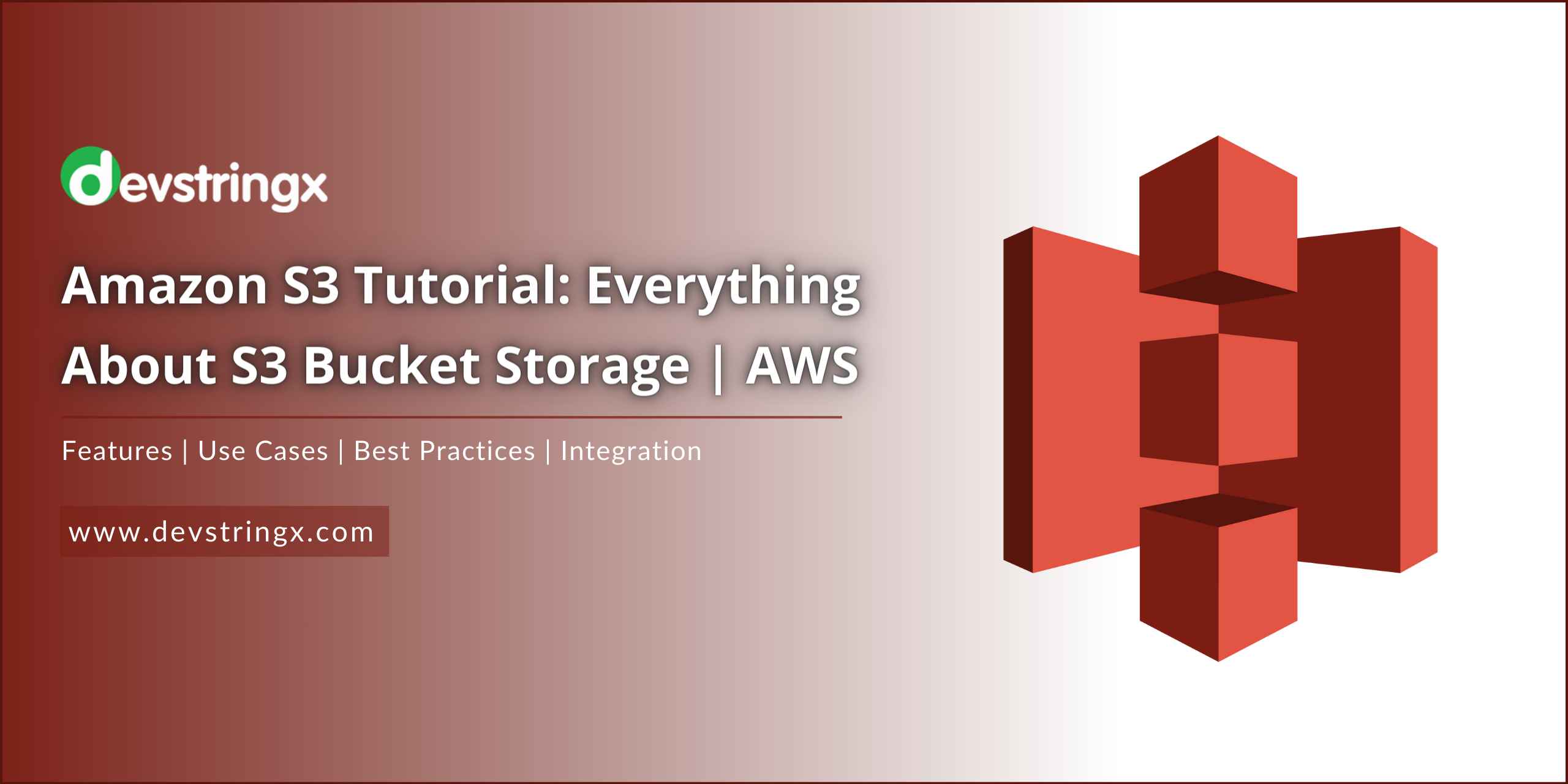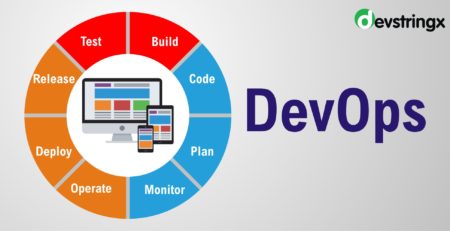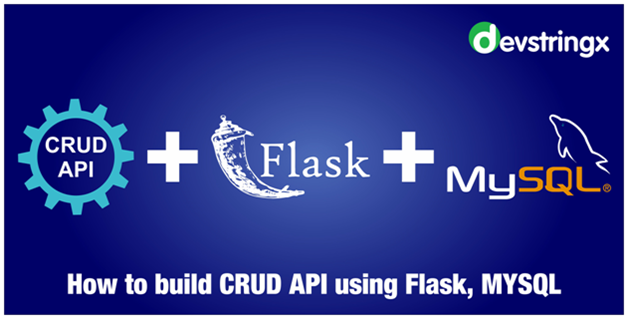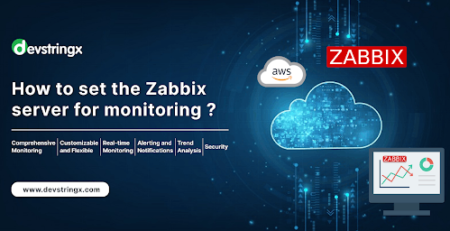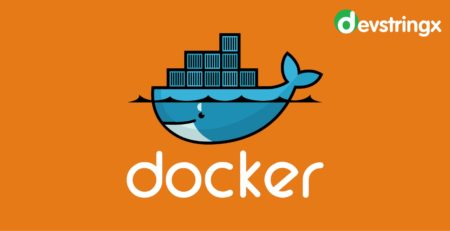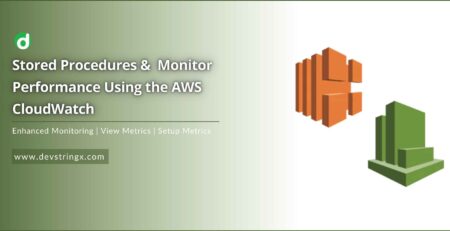A Detail Tutorial on Amazon S3 Bucket Simple Storage Service – DS
Amazon S3 Bucket Storage
Amazon S3 (Simple Storage Service) is a broadly used object storage provider furnished through Amazon Web Services (AWS). It is designed to keep and fetch any quantity of records from anywhere at the net. S3 is part of Amazon’s cloud computing platform and is understood for its scalability, durability, and ease. S3 has turn out to be an essential constructing block for limitless programs, providing scalable, secure, and sturdy storage for a diverse range of use instances.
Core Features of Amazon S3 Bucket
- S3 bucket stores data as objects, each object consists of data, a key (unique within bucket), and metadata.
- It is designed to scale results easily, accommodating an absolutely unlimited amount of facts.
- S3 ensures 99.999999999% (11 nines) durability for stored gadgets with the aid of distributing records across multiple locations and devices.
- Utilizes Access Control Lists (ACLs) and bucket rules to manage get right of entry to permissions.
- Supports encryption at rest and in transit the use of enterprise-preferred protocols.
- Enables versioning of objects, presenting a records of adjustments and the ability to recover previous versions.
- Allows automated facts control through defining rules for transitioning, archiving, or deleting objects.
S3 Storage Classes
Checkout the 04 kind of S3 Storage Classes.
1) Standard
– Suitable for frequently accessed data with low-latency requirements.
2) Intelligent-Tiering
– Automatically moves objects and data between two buckets based on changing access patterns.
3) Glacier
– Ideal for long-term archival, presenting decrease storage charges with longer retrieval times.
4) Deep Archive
– Designed for facts this is hardly ever accessed however needs to be retained for compliance motives.
S3 Storage Use Cases
In the below we shared 03 kind of use cases of S3 Storage.
1) Cloud Storage
- Backup and Restore
– S3 gives a dependable platform for backing up vital statistics and permits clean recovery when wanted.
- Data Archiving
– Long-time period storage of ancient statistics, making sure compliance with regulatory necessities.
2) Web Hosting
- Static Website Hosting
– S3 allows hosting static websites with cost-efficient storage and low-latency content shipping.
- Content Distribution
– Integration with Amazon CloudFront enables green content material shipping globally.
3) Big Data Analytics
- Data Lakes
– S3 serves as a basis for constructing scalable and fee-effective facts lakes.
- Data Warehousing
– Seamlessly integrates with AWS analytics offerings like Amazon Athena, Redshift, and EMR.
The Best Practices of Amazon S3
1) Bucket Naming and Structure
- Unique Names
– Choose particular and significant names for S3 buckets to keep away from conflicts.
- Logical Structure
– Organize gadgets within buckets logically, facilitating smooth navigation and management.
2) Access Control
- IAM Roles
– Leverage AWS Identity and Access Management (IAM) roles for steady get entry to management.
- Bucket Policies
– Implement first-class-grained control over get admission to the use of bucket regulations.
3) Data Transfer Optimization
- Transfer Acceleration
– Amazon S3 Transfer Acceleration is used for faster uploads and downloads.
- Multipart Upload
– Increase performance by using multipart uploads of large objects.
Good to Read:- Best DevOps Automation Tools – The Ultimate List
How to Use S3 Bucket?
After following the below 03 steps you can easily use the Amazon S3 bucket.
1) Creating an S3 Bucket
- Login to AWS Mgt Console
- Search for S3 service
- Click the “Create bucket” button
- Give a unique meaningful name to your bucket and select a field
- Configure additional settings such as versioning, logging, and tags as needed
- Click “Create bucket”

2) Upload Items to S3
- When the bucket is created, open it in the console
- Click the “Upload” button to upload files or folders
- You can choose to set permissions at runtime, including public access or specific user access
- Configure storage class, encryption, and metadata options
- Click “Upload” to add your files to the S3 bucket

3) Managing Objects
- In the S3 console you can view, drag and delete objects
- Enable versioning for the bucket to not hold songs in different versions of the same object
- Using life cycle rules to change or gadgets to cut into robots based on predetermined plans
Access Control and Security
1) IAM Roles and Policies
- Define IAM roles and guidelines to govern get entry to in your S3 assets.
- Assign precise permissions to customers, companies, or roles primarily based on the principle of least privilege.
2) Bucket Policies
- Create bucket rules to control access on the bucket degree.
- Specify guidelines for allowing or denying get admission, based on various situations which includes IP addresses or VPC endpoints.
Advanced Features
1) Data Transfer Acceleration
- Enable Amazon S3 Transfer Acceleration for quicker uploads and downloads with the aid of leveraging Amazon CloudFront’s globally allotted edge locations.
2) Versioning
- Enable versioning for your S3 bucket to preserve a couple of variations of an item.
- This is useful for tracking modifications and getting better from unintentional overwrites or deletions.
3) Event Notifications
- Set up occasion notifications to cause workflows (e.g., AWS Lambda capabilities) when precise activities arise, along with object introduction or deletion.
Integrations
1) AWS CLI and SDKs
- Use the AWS Command Line Interface (CLI) or SDKs in diverse programming languages to engage with S3 programmatically.
2) AWS SDKs for Programming Languages
- Leverage AWS SDKs for popular programming languages like Python, Java, and Node.Js to integrate S3 into your applications.
3) AWS CloudFormation
- Use AWS CloudFormation to define and provision AWS infrastructure as code, including S3 buckets and associated resources.
Good to Read:- AWS EC2 Monitoring and Integration with Zabbix
Data Management
1) Life Cycle Policies
- Create a lifecycle that automatically frees or terminates gadgets between garage classes after a specified time period.
2) Cross-Region Replication
- Implement go-region replication to copy assets throughout AWS areas for information redundancy and disaster recuperation.
3) Monitoring and Logging
- CloudWatch Metrics
– Monitor S3 bucket overall performance the use of CloudWatch metrics.
– Configure an alarm to be mentioned when certain thresholds are handed.
- Server Access Logging
– Enable server get right of entry to logging to song requests dispatched for your S3 bucket.
Conclusion
Amazon S3 gives a flexible and robust solution for cloud garage. By following those steps and pleasant practices, users can effectively create, manipulate, and guard their facts in S3, ensuring flexibility, sturdiness, and availability a few for different packages and use instances Wh*ether you’re a developer, systems administrator, or data engineer, those advanced purposeful capabilities And information will empower you to get the most out of Amazon S3 on your AWS surroundings

